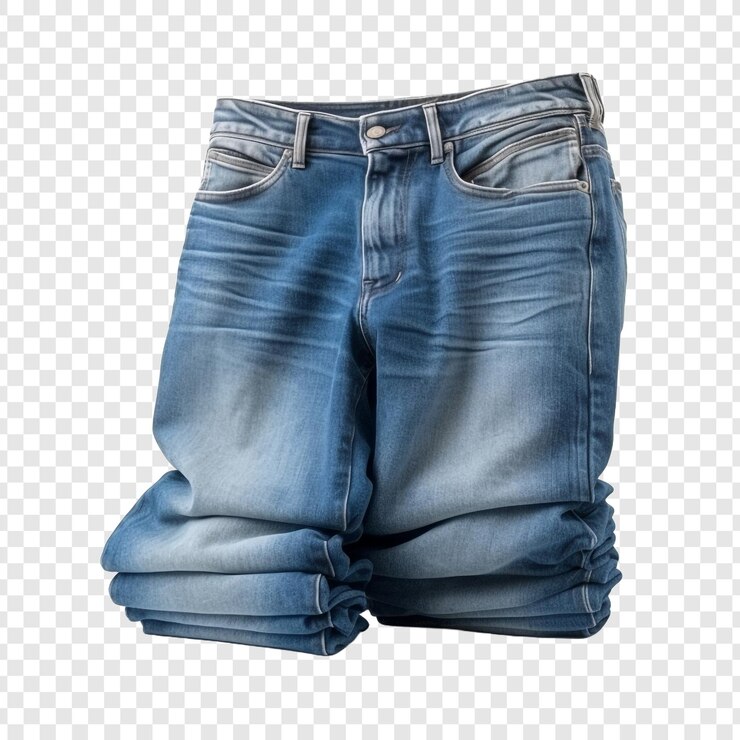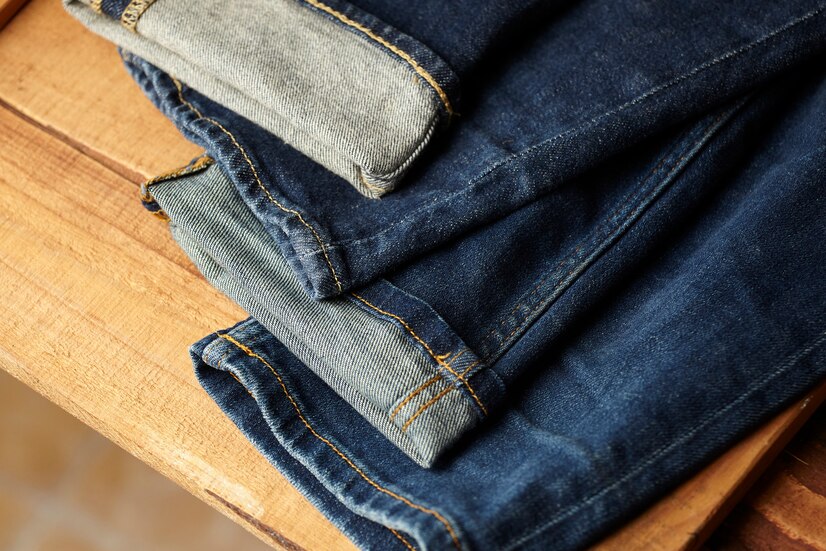Some terms that might seem strange initially appear in the fashion world, which is always changing. Another word that’s been going around is jeansato, which may make many people wonder where it came from, what it means, and how it fits into today’s fashion world. This piece will explain what jeansato is, where it comes from historically, and how it works with current fashion trends. We’ll also talk about how making jeans affects the world and how “jeansato” fits in with eco-friendly fashion.
What is Jeansato?

“jeansato” sounds like a mix or a wrong understanding of common fashion terms, probably linked to denim or jeans. Because it’s unclear what jeansato means, this piece will look at it from the point of view of the whole denim business, focusing on sustainability and new ideas in making jeans.
The Evolution of Denim
Denim, the tough cotton cloth fabric that jeans are made of, has a long past that goes back to the 1800s. Jeans were first made to be practical clothes for miners and cowboys, but they have since grown beyond their experimental roots and are now a must-have in everyone’s fashion closet. There are now a lot of different styles, cuts, and finishes for denim because of changes in fashion, cultural views, and manufacturing technologies.
Jeans and Sustainability
As concern for the environment has grown, so has interest in how the fashion business affects the world. This way of making jeans uses water, chemicals, and energy, all limited resources. This has made people in the business push for more eco-friendly ways of doing things, like recycling water, using organic cotton, and using dyeing methods that are better for the earth.
The Concept of Jeansato and Sustainable Fashion

While Jeansato does not have a defined meaning in the fashion lexicon, it invites an exploration of sustainable practices in jean production. Brands are increasingly embracing the principles of sustainable fashion, which include:
Using Recycled Materials: Recycling jeans and other eco-friendly materials will help reduce waste and protect resources.
Ethical Production: Recycling jeans and other eco-friendly materials will help reduce waste and protect resources.
Innovative Techniques: New technologies, like laser finishing and eco-friendly washing methods, are being used to reduce the damage done to the earth.
The Impact of Jeansato on the Fashion Industry
The popularity of sustainable jeans is a big change in the fashion business, which is becoming more ethical and responsible with the earth. However, this style appeals to people who care about the world and sets an example for other clothing types.
FAQs on Jeansato
Q: How can I identify sustainable jeans?
A: Look for standards like the Global Organic Textile Standard (GOTS) or brands that are open about how they make their products and how they work to protect the environment.
Q: Are sustainable jeans more expensive?
A: You can save money in the long run by buying pieces that will last.
Q: Can I make my jean-wearing habit more sustainable?
A: Yes, if you buy from brands that are good for the environment, choose quality over number, and take good care of your jeans, they will last longer.
Conclusion
The word jeansato may not be well known in the fashion world, but it gives us a chance to talk about the important issue of making denim in a way that is good for the environment. As the fashion industry changes, jean makers must use sustainable methods to protect the earth and encourage fair work practices. Customers can improve the fashion world for future generations by backing brands that care about the environment.
The search for and acceptance of environmentally friendly fashion methods, which the study of Jeansato could sum up, is part of a larger trend in the fashion industry toward more responsible consumption and care for the environment.

